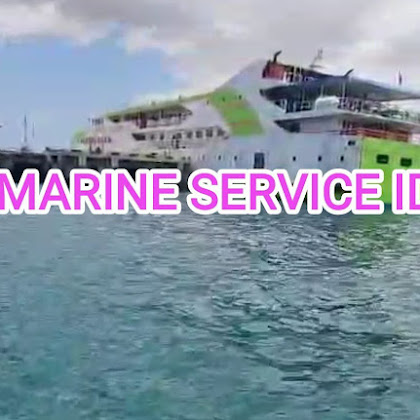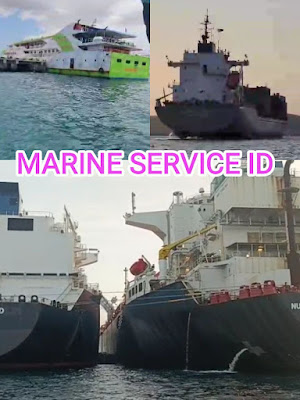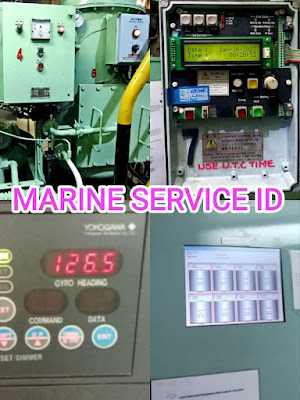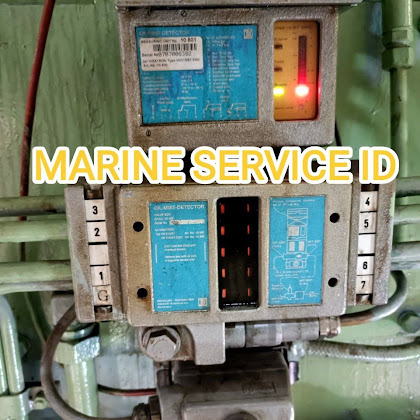The world of maritime transportation is a diverse and complex one, with various ship types designed to perform specific tasks and meet unique transportation needs. Right now, we will explore some of the most common ship types, each with its own distinctive characteristics and purposes.
Cargo Ships
Cargo ships are the workhorses of the maritime industry, designed to transport goods and commodities across the world's oceans and waterways. They come in different categories, including container ships, bulk carriers, and general cargo ships, each optimized for specific cargo types and volumes.
Tanker Ships
Tanker ships are specialized vessels used for transporting liquid cargoes, such as crude oil, petroleum products, chemicals, and liquefied natural gas (LNG). They play a crucial role in the global energy trade and are categorized based on the type of cargo they carry, including oil tankers, chemical tankers, and LNG carriers.
Passenger Ships
Passenger ships are designed to carry people, whether for leisure, tourism, or daily commuting. These ships vary in size and purpose, ranging from large cruise liners and ferries to smaller coastal passenger vessels.
Container Ships
Container ships are specifically designed for transporting standardized cargo containers. They are essential for the global logistics chain, enabling efficient and secure transportation of goods in containers of various sizes.
Bulk Carriers
Bulk carriers specialize in transporting loose, dry bulk cargoes, such as coal, minerals, grains, and ores. They come in different sizes, from Handysize to Capesize, each suited for specific cargo volumes and routes.
Fishing Vessels
Fishing vessels are used for commercial fishing operations, ranging from small trawlers to large factory ships equipped with processing facilities. They play a critical role in the global seafood industry.
Research Vessels
Research vessels are equipped with specialized equipment and laboratories for scientific research in fields such as oceanography, marine biology, and geology. They contribute to our understanding of the oceans and marine ecosystems.
Tugboats and Towboats
Tugboats and Towboats provide towing and assistance services to other vessels, helping them maneuver in harbors, navigate through narrow channels, and tow barges.
Naval and Military Vessels
Naval and Military vessels are used by the armed forces for Defense and Security purposes. They include Aircraft Carriers, Destroyers, Submarines, Fregat, Cruiser, Corvette, Patrol Boats, etc
Yachts and Pleasure Craft
Yachts and pleasure craft are recreational vessels used for cruising, sailing, and water sports. They come in various sizes, from small sailboats to luxury superyachts.
Indonesian Marine Services MARINE SERVICE ID
For Business Inquiry, please click the following link :
Reprogramming,Maintenance,Repair,Troubleshooting,Annual Certification & Calibration Services
Various of Electronics P.C.B. Boards
Various Types of Ship Systems Installation, Wiring & Termination
Boiler & Generator Controller and Generator AVR
Bilge Floats, Level Gauge
Relay, Indicators, Panels
Navigational Panels Light
Temperature Controller & Transmitters, RTD Sensor, Thermometer
Fixed & Portable Gas Detectors, Oxygen Analyzers,Spare Kits & Span Gas
Vapour Alarm Systems & Fire Alarm Systems
Pressure Transmitter, Gauges. Pneumatic Pressure Transmits, Pressure Switch
Test Pump and Gauges
Valve Solenoid & Valve Positioner
Engine Telegraph Unit (ETU)
Gas Analizer and Gas Alarm Monitor Control
Ullage Temperature Interface / UTI Meter
Flow Meter
Portable Multi Gas Detectors and Portable Single Gas Detectors
Fixed Gas Detection Systems
Fixed Gas Sampling Systems
Pump Room Gas Detection Systems
Temperature Calibrator & Pressure Calibrator
Multimeter, Thermometer and Alcohol meter
Pressure Gauges & Transmitters
Engine Control Room Alarm Monitor & Control / ECR
Cargo Control Room Alarm Monitor & Control / CCR
Engine Protection & Safety Devices
Engine Temperature & Pressure Alarm Monitoring and Control
Engine & Atmospheric Oil Mist Detection
Incinerator
Engine RPM Indicator
Engine Remote Control
Engine Temperature Control System
Exhaust Gas / Engine Thermometer
Supply & Installation Services
Bilge Alarm Monitor for 15ppm OWS Oily Water Separator
Oil Discharge Monitor Equipments ODME
Tank High Level Alarm
Tank Overfill Level Alarm
Tank High High Level Alarm
Vapour Pressure Alarm System & Monitor Control
Span Gas for Gas Calibration
For our other Technical Services, please Visit the MARINE SERVICE ID Blogs :
Ship Annual Calibration & Certification Services













